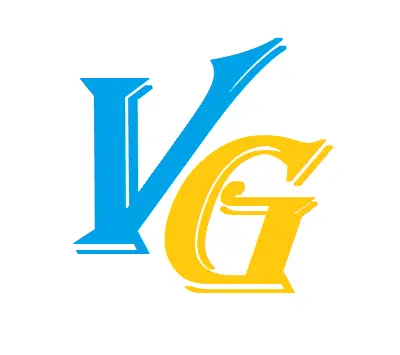The birth of the gondola is uncertain but it is mentioned for the first time at the end of the XII century. The origin of the name is also uncertain but it might come from the Latin “concula”, which means shell.
The limo service in the lagoon
We can admire gondola’s slender shape while it cruises the Grand Canal and small rios, making no noise. The gondola has a flat bottom, perfect for shallow waters and it is intimate and cosy, just like a shell. In the past times, the gondolier used a removable roof called “felze” to keep people warm or for privacy. The gondola was the private “limo” of the wealthy Venetian families, who employed the gondolier as a private chauffeur.
A status symbol
In the XV century, the gondola became a status symbol and families spoiled a lot of money on its decoration using stucco and gold leaf. The gondola is represented in many paintings by popular artists such as Bellini, Canaletto, and Guardi.
The gondola decorations
Two parts of the gondola are considered real sculptures: the oarlock called “forcola”, and the metal prow called “iron”. This metal prow symbolizes altogether the six districts of Venice, the Rialto bridge, and the Grand Canal.


